I guess we are a little late to the party with this one, though the Chinese New Year is not far off and then there’s #VRValentinesDay…
So here it is. To help you prepare for any and all upcoming celebrations, The Glimpse Group (of which Foretell Reality is a subsidiary) has created a video guide to the perfect digitally distanced Holiday/Any Day party.
Though each experience was unique, the underlying engine that powered the social VR experiences was developed by Foretell Reality. From authentication to avatar selection to room assignment to in-room interactions, Foretell Reality provides a consistent, responsive multi-user experience.
Just as we worked with our colleagues to make these celebrations memorable, we work with partners to realize their goals in areas including Therapy and Support, Soft Skills Development, and Corporate Collaboration.
Interested in a demo? Click here.


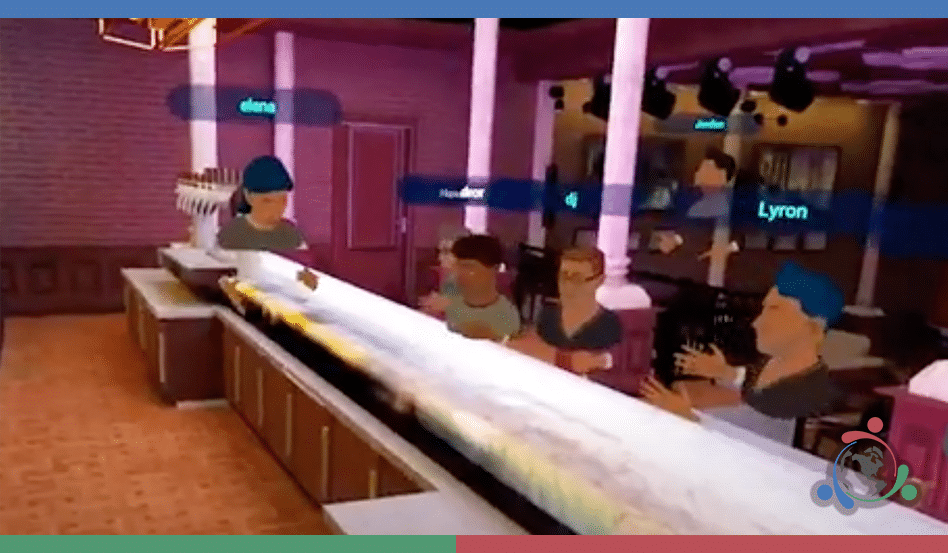


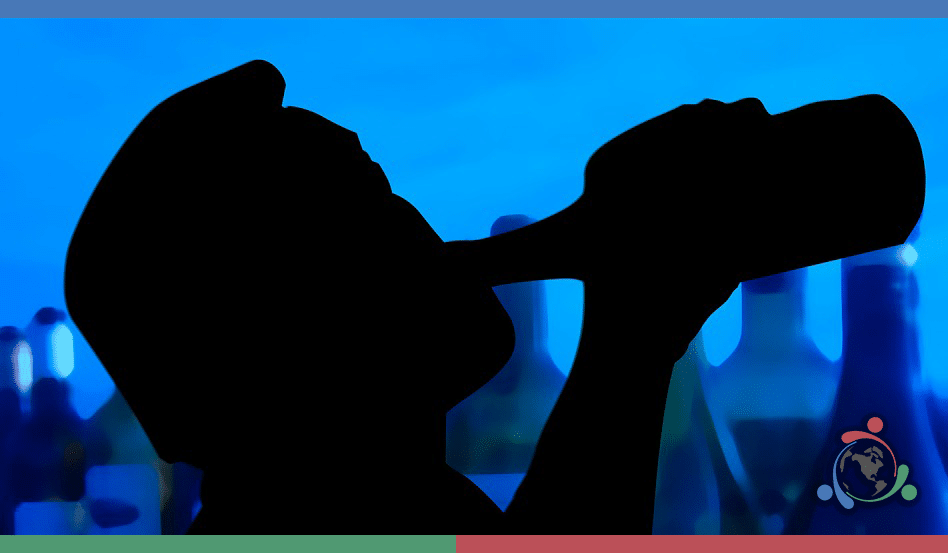
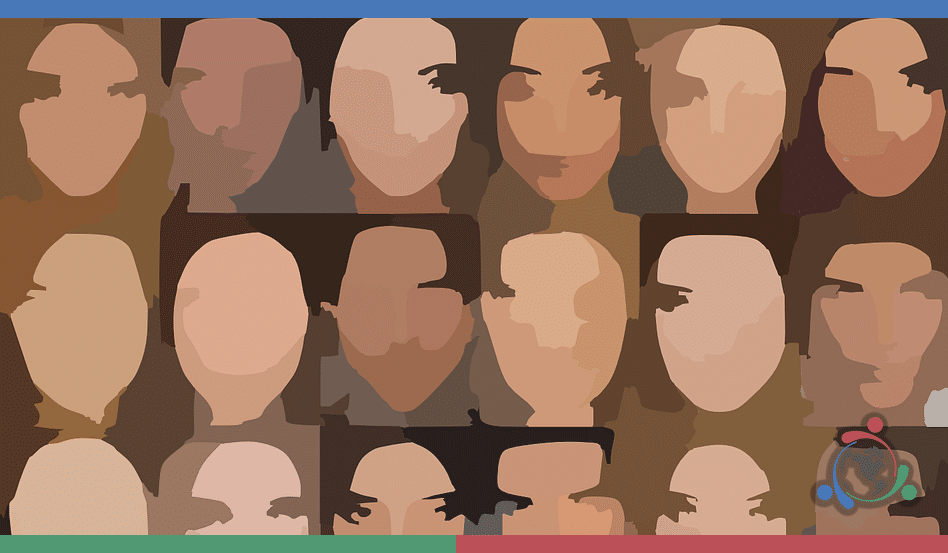
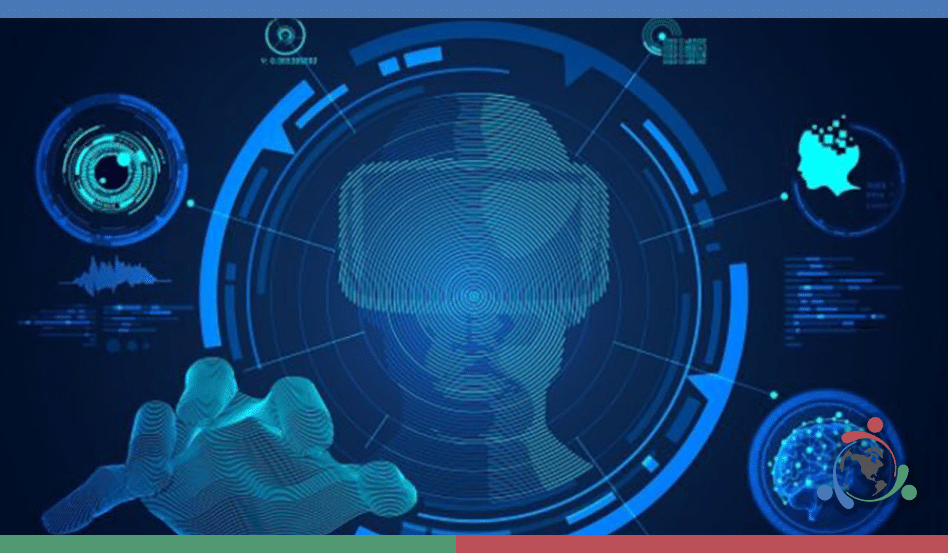
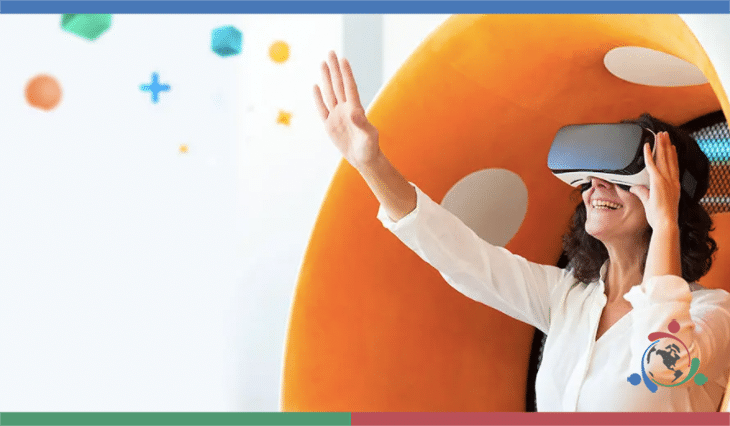
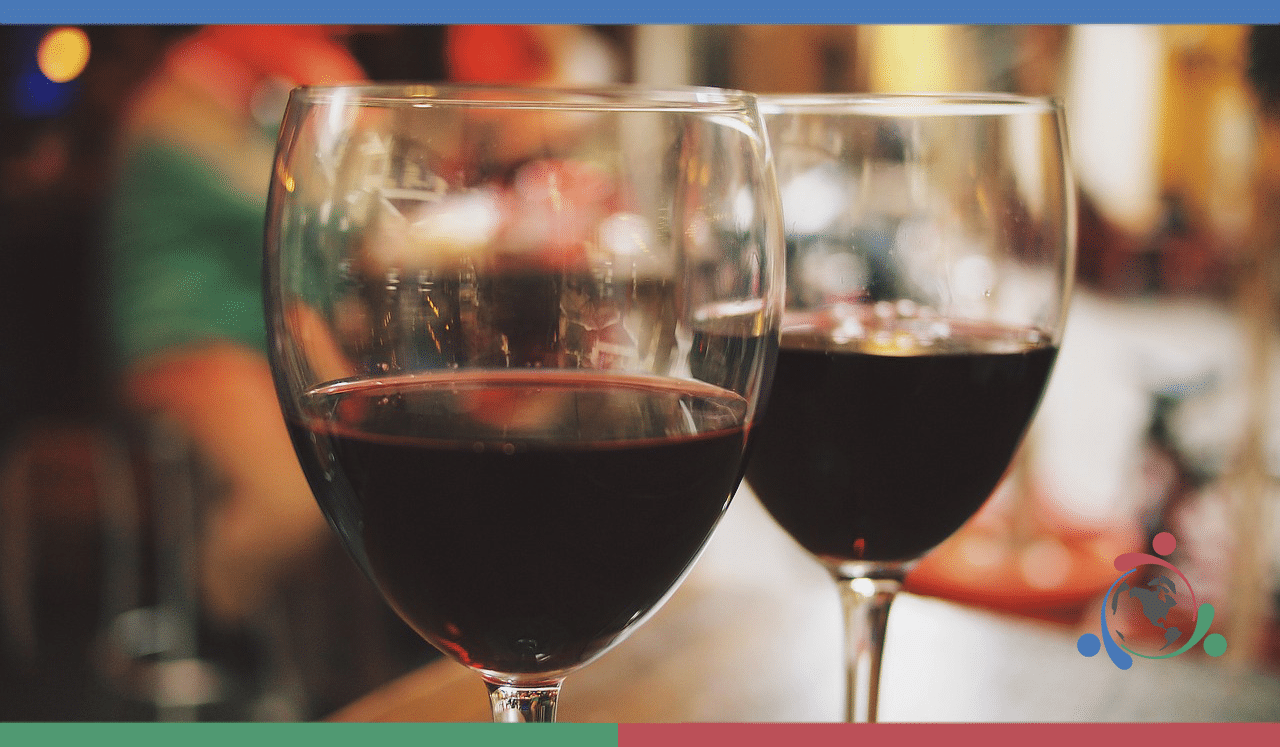
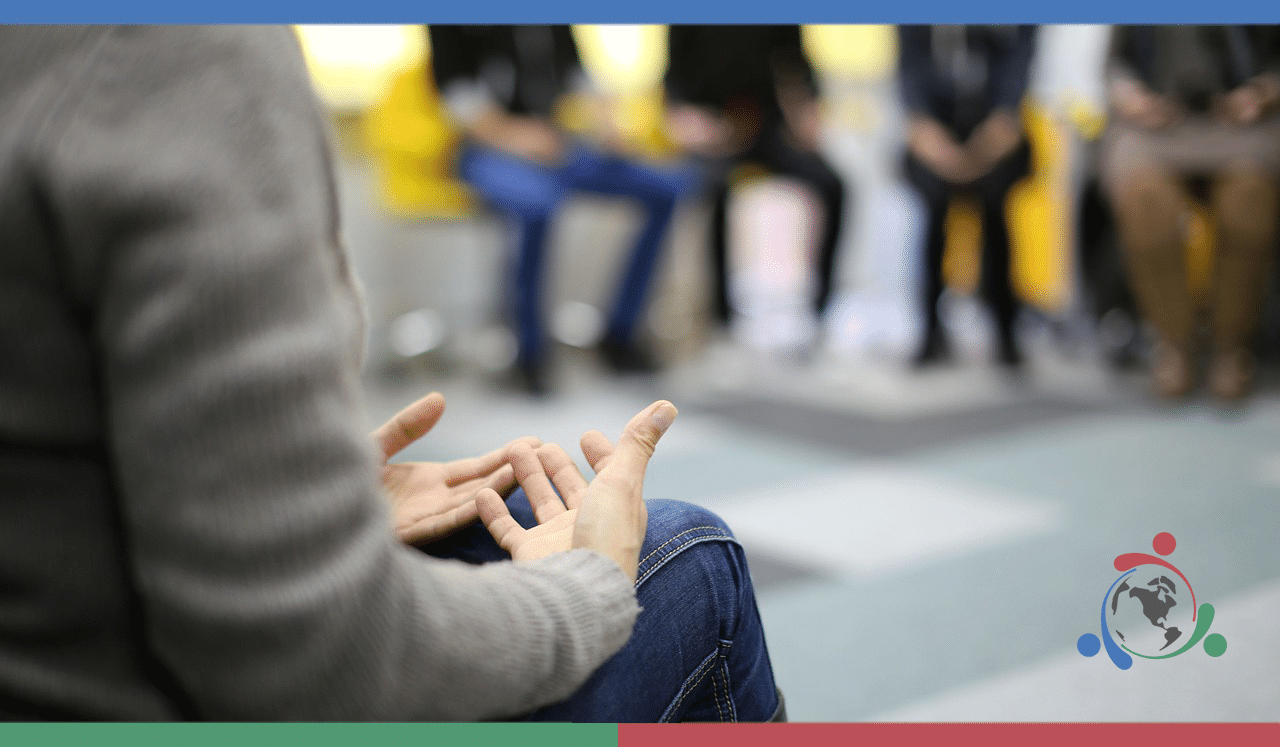
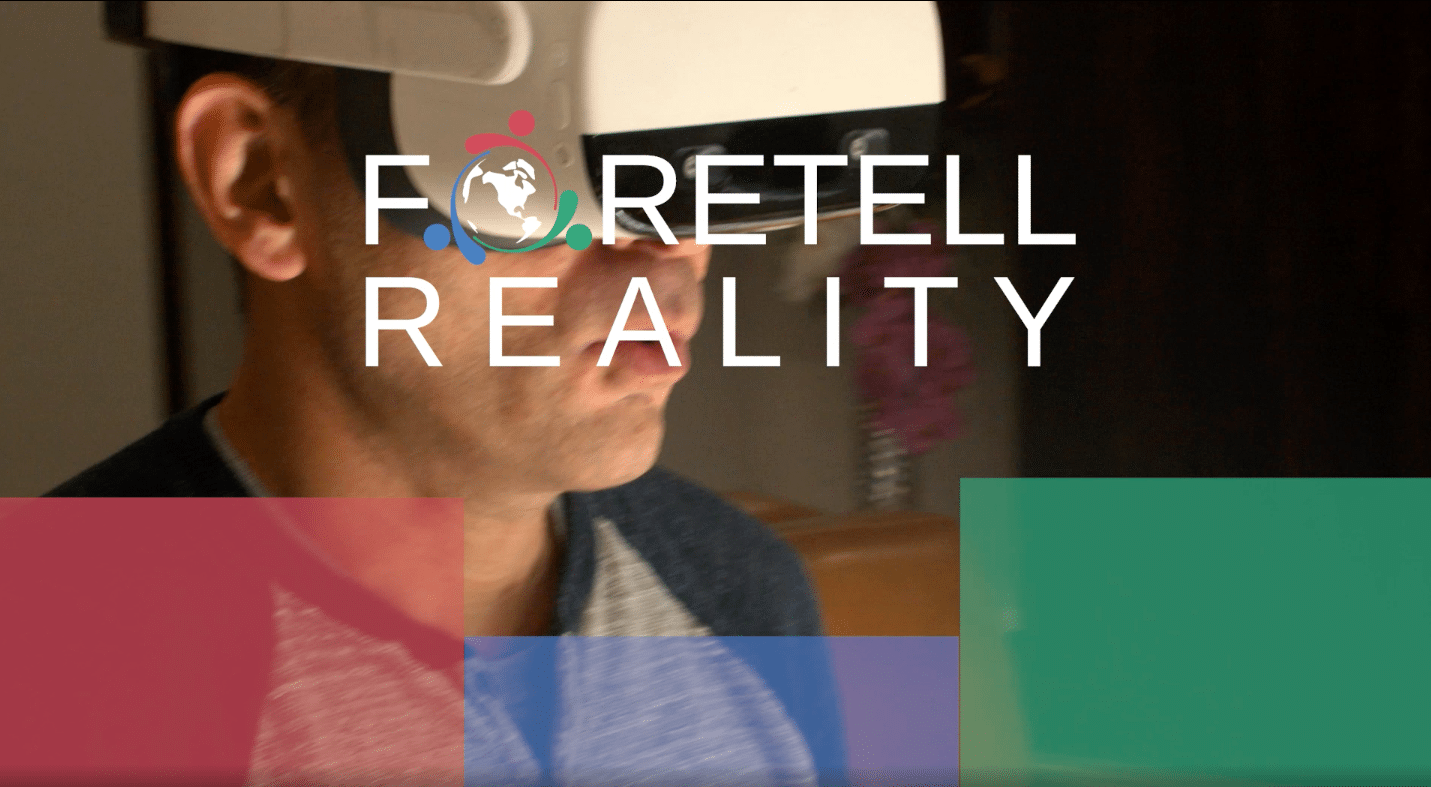






Recent Comments